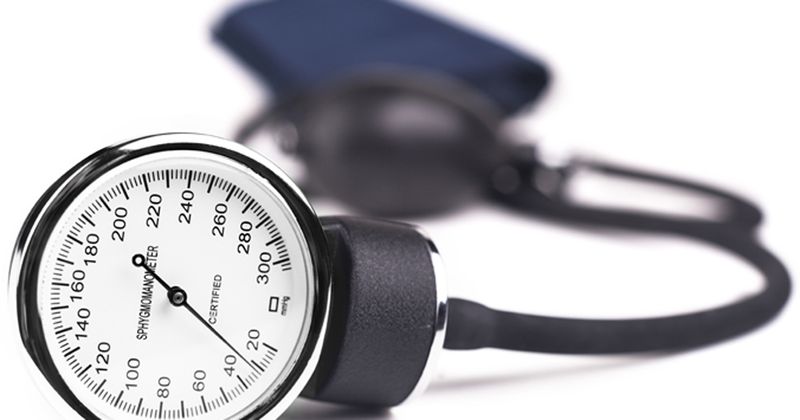BP among stroke survivors not adequately treated globally
Data from a global BP screening program show adults with a history of stroke were more than twice as likely to have hypertension, with one-third of those having untreated or inadequately treated BP, researchers reported.
After aggregating data collected in 2017 and 2018 from more than 2.5 million participants from 92 countries as part of May Measurement Month, the largest standardized global BP screening program, researchers found that parameters of BP management were strongly and significantly associated with national premature stroke mortality rates, highlighting the crucial effect of BP control on stroke mortality.

“Our results show consistently poor blood pressure control among stroke survivors worldwide,” Thomas Beaney, MD, a general practitioner and clinical research fellow in the department of primary care and public health at Imperial College London, and colleagues wrote in The Lancet Global Health. “Interventions tailored to the local context, including enhanced blood pressure screening facilities, are urgently needed to enable more effective blood pressure control.”
Beaney and colleagues analyzed data from 2,515,365 adults from 92 countries screened in May 2017 and May 2018 as part of an annual, global cross-sectional survey. Volunteers underwent three seated BP readings and completed questionnaires on demographic, lifestyle and CVD history. Researchers assessed associations between risk factors and stroke history and associations between national-level estimates of BP management and premature stroke mortality, based on Global Burden of Disease data.
Within the cohort, 88.4% of participants had recorded data on a history of stroke, of whom 2.8% reported a previous stroke.
Researchers found that participants with a history of stroke had higher rates of hypertension (77% vs. 32.9%; P < .0001) and of treated hypertension (90.2% vs. 57%; P < .0001) and controlled hypertension (55.9% vs. 32.4%; P < .0001) compared with those without stroke history. However, one-third of participants with a history of stroke had untreated hypertension or treated but uncontrolled hypertension, defined as a BP of at least 140/90 mm Hg. Researchers observed positive associations between national premature stroke mortality and mean systolic BP, with 84.3 years of life lost per 100,000 people per millimeters of mercury increase (95% CI, 38.8-129.9) and the percentage of participants with high BP, with 49.1 years of life lost per 100,000 people per 1% increase (95% CI, 22.6-75.6).
Researchers also observed negative associations between national premature stroke mortality and the percentage of participants with hypertension on treatment, with –21 years of life lost per 100,000 people per 1% increase (95% CI, –33 to –8.9) and with controlled BP, with –31.6 years of life lost per 100,000 people per 1% increase (95% CI, – 43.8 to –19.4).
The researchers noted that there was an absence of primary data for some countries and causes of death, and the use of modeling approaches, such as Bayesian meta-regression, to impute data from neighboring countries could incorporate some inaccurate estimates.
“Consequently, the already high estimated proportions of the stroke mortality variance arising from the May Measurement Month blood pressure parameters probably represent underestimates,” the researchers wrote.
The researchers added that measures of BP management at a national level correlated with premature stroke death sufficiently to allow policymakers to promote more efficient BP screening and management.
